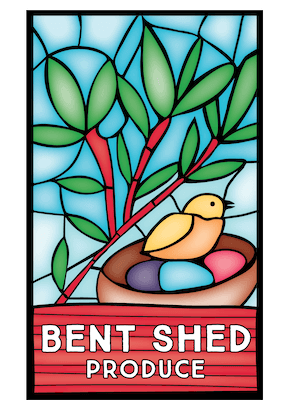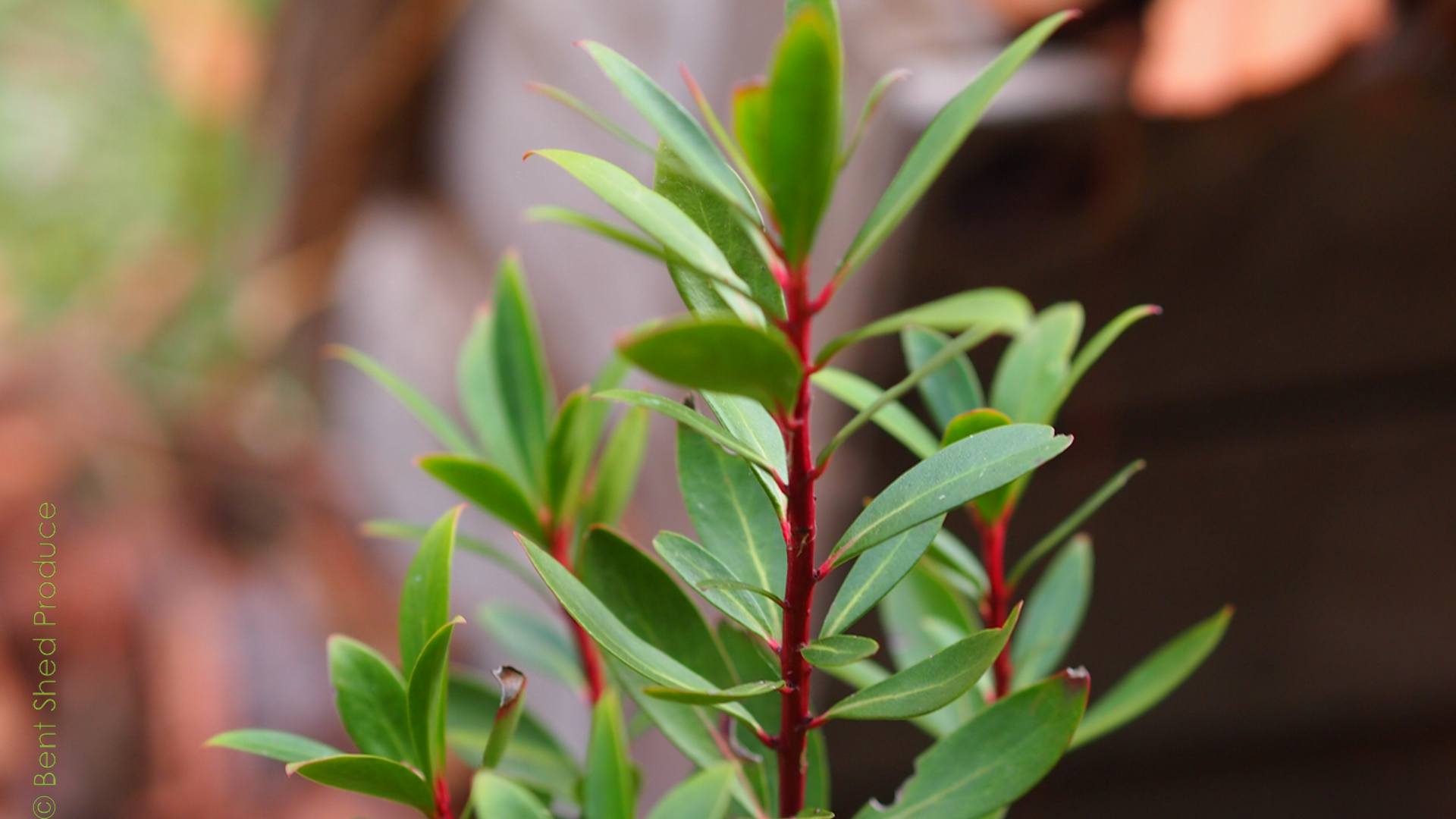The best pepper on the planet
Also pepperberry, pepperbush, and other common names as listed below.
Latin name: Tasmannia spp.
There are at least 12 varieties of native pepper growing across the cooler regions of Australia, all with edible leaves and berries, and distinctly different flavours. These are the ones most frequently mentioned, or have common names.
- T. lanceolata – Mountain Pepperbush, or Mountain Pepper. The most common commercial source of leaves and berries at the moment.
- T. stipitata – Dorrigo Pepper.
- T. insipida – incorrectly called Dorrigo Pepper in “Wild Lime”. Not generally eaten.
- T. xerophila – Alpine or snow pepper. Wild Lime says is has leaves and berries hotter than the two more common ones.
- T. purpurescens – Broad leaf pepperbush.
- T. glaucifolia – Fragrant Pepperbush.
- T. membranea – Pepper Tree.
- T. vickeriana – Baw Baw pepper.
- T. piperita – no common name found yet.
It’s one of our favourite plants, which is why our logo features a branch and leaves of the plant.
Eating
- Both the seeds and the leaf are edible.
- Both seed and leaf can be used fresh or dried.
Pepperberry
- Pepperberries can be used where you might use black pepper.
- The berries are, however, much hotter than black pepper, with a pepper warmth that takes a good minute to kick in, and then leaves a lovely berry aftertaste which is very moreish.
- Fresh berries can be used in sweet or savoury dishes but be warned – they have quite a harsh bite, much sharper than the dried berry.
- Pepperberries add an intense pink/purple colour to anything they’re used in.
- The berry-like flavours of both the dried and fresh pepperberry makes it surprisingly good in sweet dishes, complementing berries, chocolate, and other rich, “dark” flavours.
- Dried berries are hotter than the more common peppers – use sparingly. For example, if a recipe calls for 12 peppercorns, try 8 or 9 pepperberries initially.
- Pepperberries can be used in most pepper grinders. We have had some reports they are too large for some grinders, but this is not common.
- They crush well in a mortar and pestle, or with the flat of a knife.
- The bite of pepperberry is mitigated by sugar, and it matches surprisingly well with sweet dishes such as chocolate or fruit salads.
Pepperleaf
- Pepper leaf has a rich, herby pepper flavour and scent.
- Use fresh or dried whole leaves instead of bay leaves to add flavour to slow-cooked dishes such as stews or sauces.
- Add dried leaves where you might use ordinary pepper but need less bite.
- Add ground leaves to finish off hot or cold dishes, or sprinkled sparingly over salads.
Growing
- Mountain peppers grow on distinctive, red-stemmed, sprawling bushes.
- There are plants that look similar – check for the burgundy colour at the base of the leaf for accurate identification.
- They are found in cool-climate rainforests, often growing on the drip line of larger trees such as acacias.
- They are understory plants, and do not grow well outside of those conditions without help.
- They like rich, light, well-mulched soils, lots of water, and to be kept in the shade.
- They can do well in drier regions such as SE NSW, but must be kept cool, damp, shaded, and out of direct wind and sun during summer.
- Are tolerant of sub-zero temperatures but may not tolerate direct frost when young.
- They do very well in pots on the southern side of a house, or under larger trees.
- They can be pruned lightly to keep shape; if unpruned, they can grow quite spindly.
- Male and female plants are required to set berries; however, the leaves of both plants are edible.
- Plants flower in September/October and set berries in March-May.
- Berries are harvested and then dried for the annual supply at this time.

Harvesting and storage
Pepperberry
- Fresh pepperberry is a small, soft berry. They tend to ripen all at once.
- They will keep fresh in the fridge for up to a week; keep dry.
- Pepperberries freeze beautifully when fresh, as well.
- To dry, spread berries on mesh or wicker baskets and place in a cool, well-aired location. Ensure berries are not touching eachother, and shake regularly to prevent mould.
- Berries can also be dried in a dehydrator at medium heat.
- When completely dry, store berries in airtight containers.
- Whole dried berries retain their heat and flavour for at least 12 months, probably more (we’ve never had to push them further than that!).
- Grind berries by hand or in blenders/coffee grinders. Store grounds in an airtight container.
- Ground berries retain heat and flavour for up to 12 months with little loss of condition.
Pepperleaf
- Pepper leaves dry quite slowly and need a cool, well-aired location. Keep out of direct sun or heat for the best result.
- If harvesting your own plant, try keeping leaves on pruned stems and placing in a vase with no water. Ensure good airflow around the stems and leaves to prevent mould.
- Leaves can also be dried at low heat in a dehydrator.
- Keep leaves on the step and place all in airtight containers for storage. The stems have the same flavour as the leaves, and cook up just as well.
- Whole leaves and stems will keep their savour for a good 12 months, if need be
- Grind leaf and stem together by hand or in a high-powered blender and store in an airtight container.
- Ground leaves will retain the scent and flavour for up to 6 months at least.

